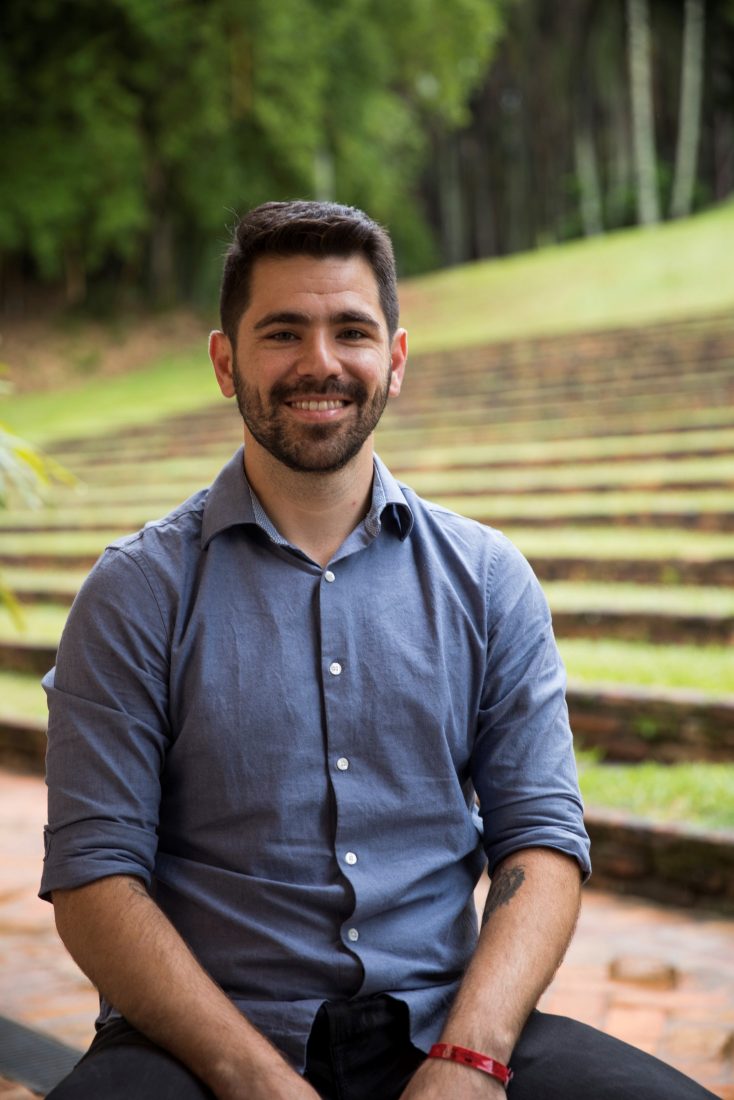Science and Mathematics
K.D. Nelson Lecture Series – Dr. Pedro Val
October 27, 2022 at 4:00pm – 5:00pm EDT
Heroy Geology Laboratory, 113
This event has already occurred. The information may no longer be valid.

The Department of Earth & Environmental Sciences in the College of Arts and Sciences presents the K.D. Nelson Lecture Series featuring speaker Dr. Pedro Val of the Federal University of Ouro Preto. His talk is titled – Widespread topographic transience in intraplate settings: It’s “just” a lithologic effect.
Intraplate settings far from tectonic plate boundaries are rife with geomorphic features indicative of topographic transience. Paleovalleys, wind gaps, complex turns and shapes of river networks, river captures, asymmetric drainage divides, knickpoints, the list goes on. Yet, their causes are hard to pinpoint. The usual mechanisms invoked are intraplate tectonism (i.e. neotectonics), dynamic topography, or climatic oscillations. However, landscape transients in intraplate settings are usually short-wavelength and widespread. Thus, explaining such areas as a function of changes in external boundary conditions (i.e. reactivated structures or climate) would require a perfect spatiotemporal combination of events, which is conceptually/theoretically unsatisfying.
In this presentation, Professor Val will demonstrate how the exhumation of one single lithology of different resistance to erosion may provide a one-size-fits-all mechanism to explain many of the seemingly unrelated transient geomorphic features observed in intraplate settings like in the eastern Amazon and southeastern Brazil. He will show results from numerical models to unpack what “just a lithologic effect” means and why it is anything but simple. This mechanism requires no change in external forcing, is likely to repeat itself over geologic time, and guaranteed to cause systematic and dynamic changes in river network shapes, topography, and erosion rates. Its importance goes beyond the understanding of enigmatic, widespread landscape transients in continent interiors. Changing network shapes back and forth is a recipe for shuffling the inhabiting biota over geologic time and, therefore, a potential pump of biodiversity.
This event was published on October 21, 2022.
Event Details
- Category
- Science and Mathematics
- Region
- Campus
- Open to
- Public
- Contact
- CAS-Department of Earth & Environmental Sciences
earthsciences@syr.edu
+1.315.443.2672
- Accessibility
- Contact CAS-Department of Earth & Environmental Sciences to request accommodations
